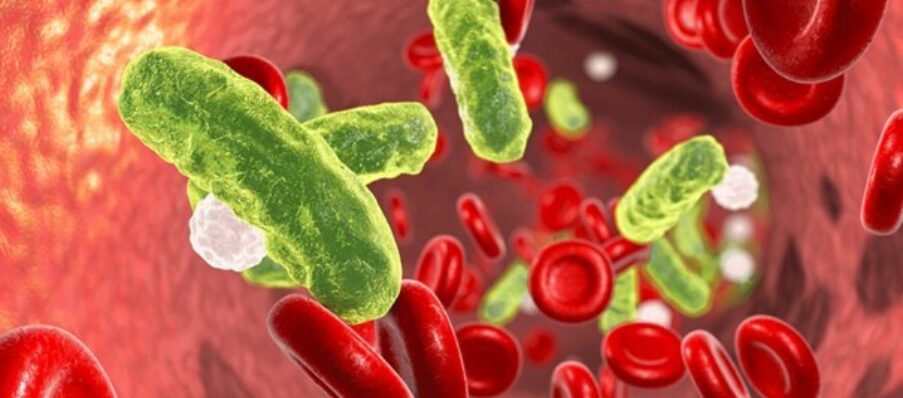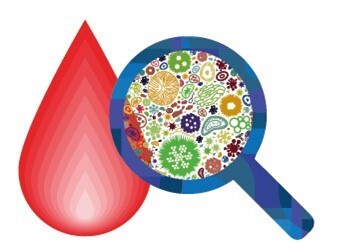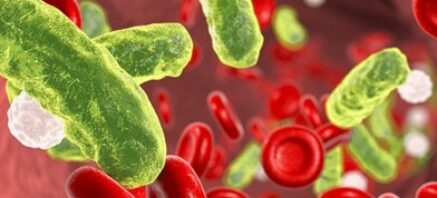
Medical Advice Disclaimer
ODRICANJE OD ODGOVORNOSTI: OVA WEB LOKACIJA NE PRUŽA MEDICINSKI SAVJET
Ove informacije, uključujući bez ograničenja tekst, grafičke prikaze, slike i druge materijale sadržane na ovoj web lokaciji služe u informativne svrhe i ponekada su ograničene samo za zdravstvene radnike. Vlasnik ove web lokacije ne može snositi odgovornost za greške, netačnosti ili nepravilnosti koje ova web lokacija ili povezani sadržaj mogu sadržavati. Nikakav materijal na ovoj web lokaciji ne zamjenjuje profesionalni medicinski savjet, dijagnozu ili terapiju.
Uvijek se obratite svom ljekaru ili drugim kvalificiranim pružaocima zdravstvenih usluga ako imate bilo kakvih pitanja u vezi s medicinskim stanjem ili terapijom prije upotrebe novog režima zdravstvene njege i nikada nemojte zanemariti profesionalni medicinski savjet ili kasniti da ga zatražite zbog nečega što ste pročitali na ovoj web lokaciji.






